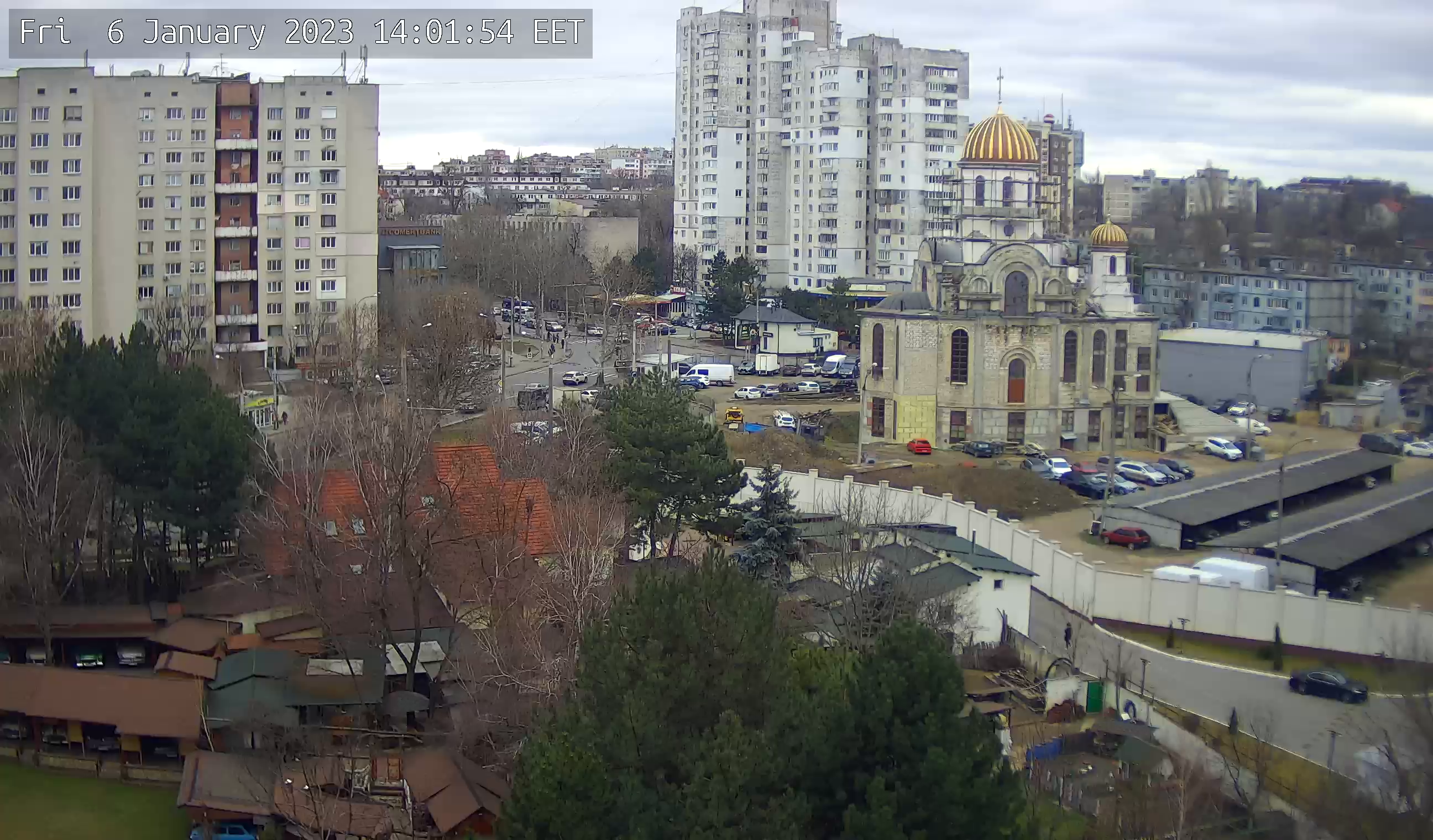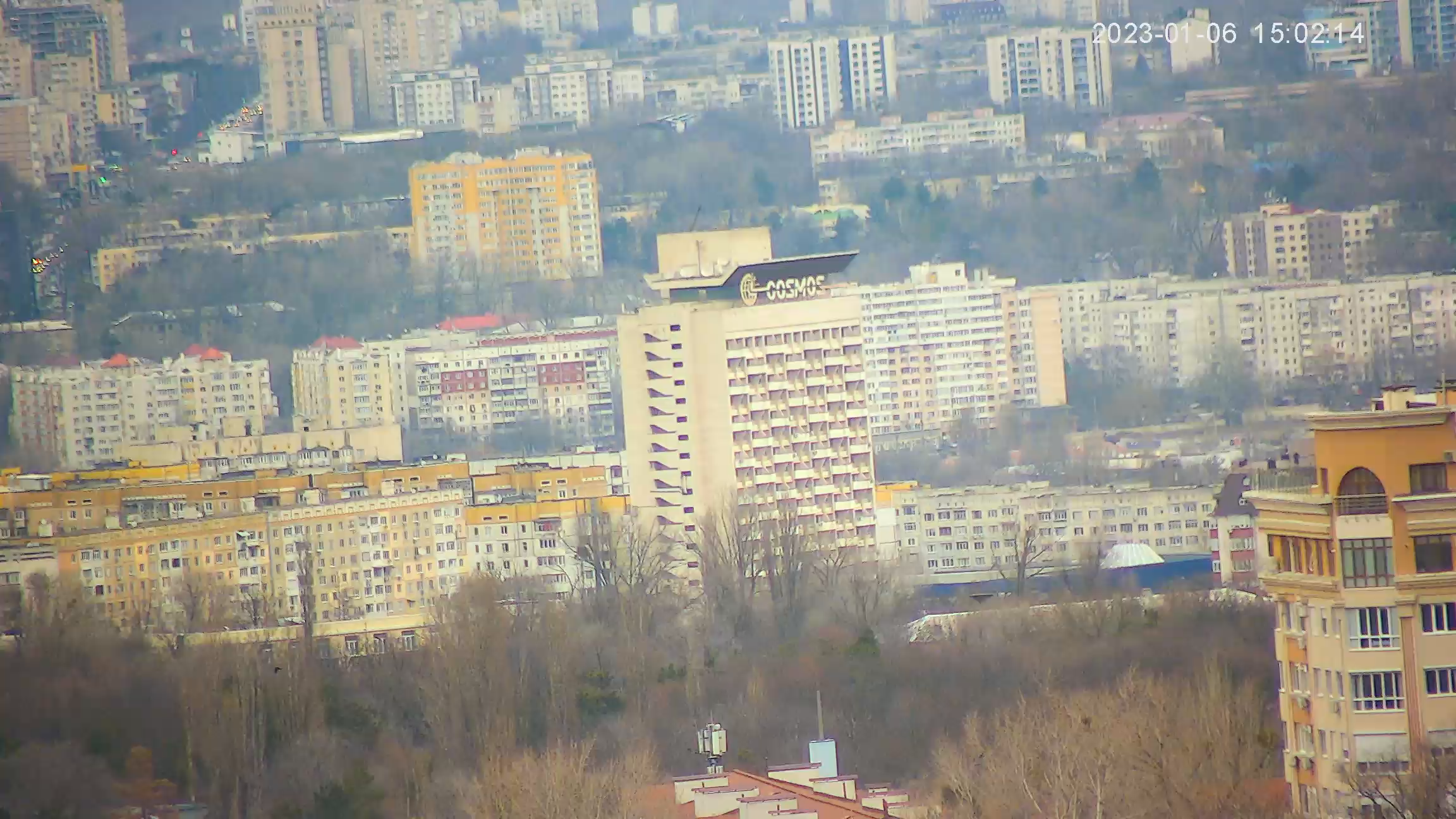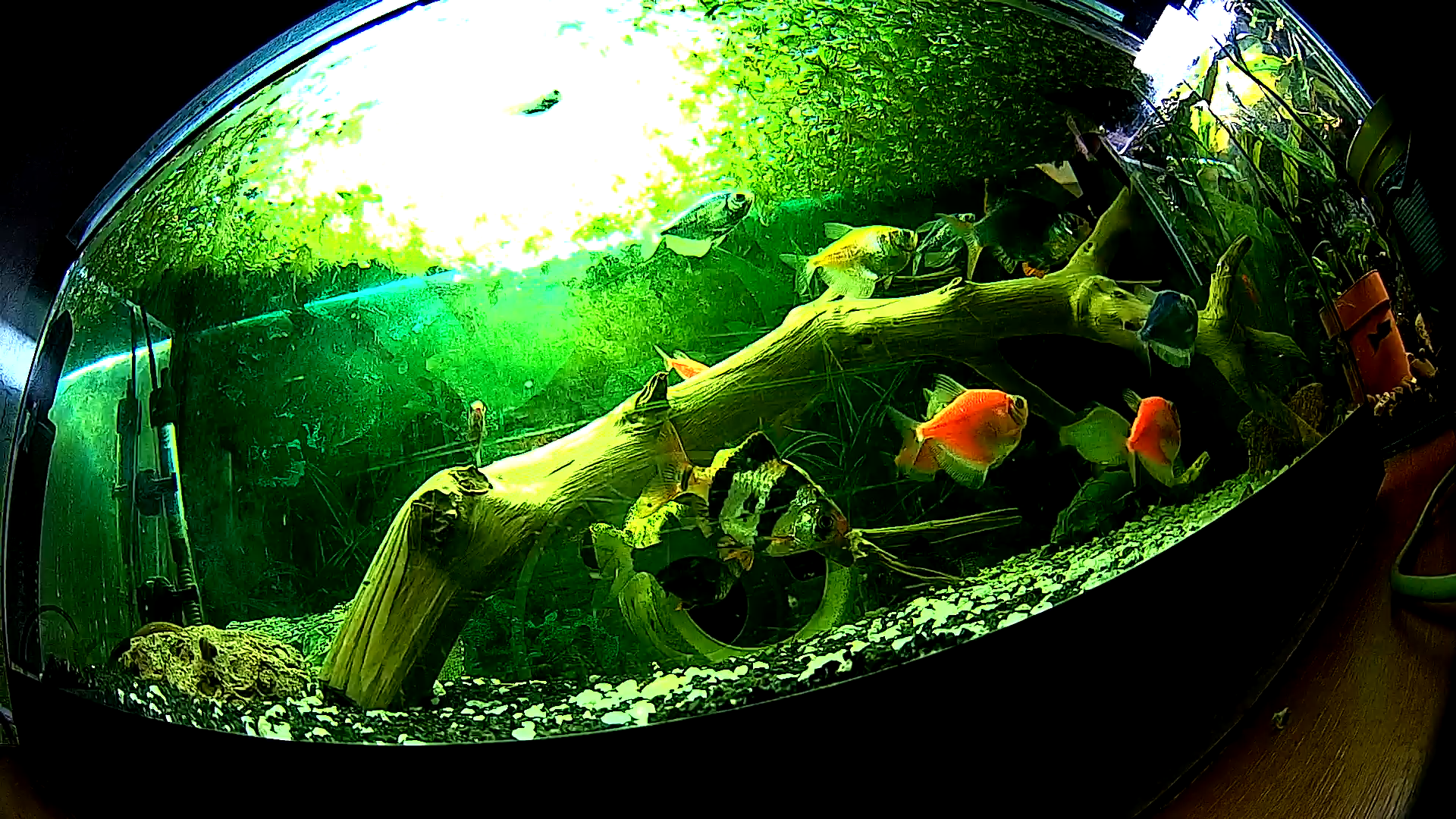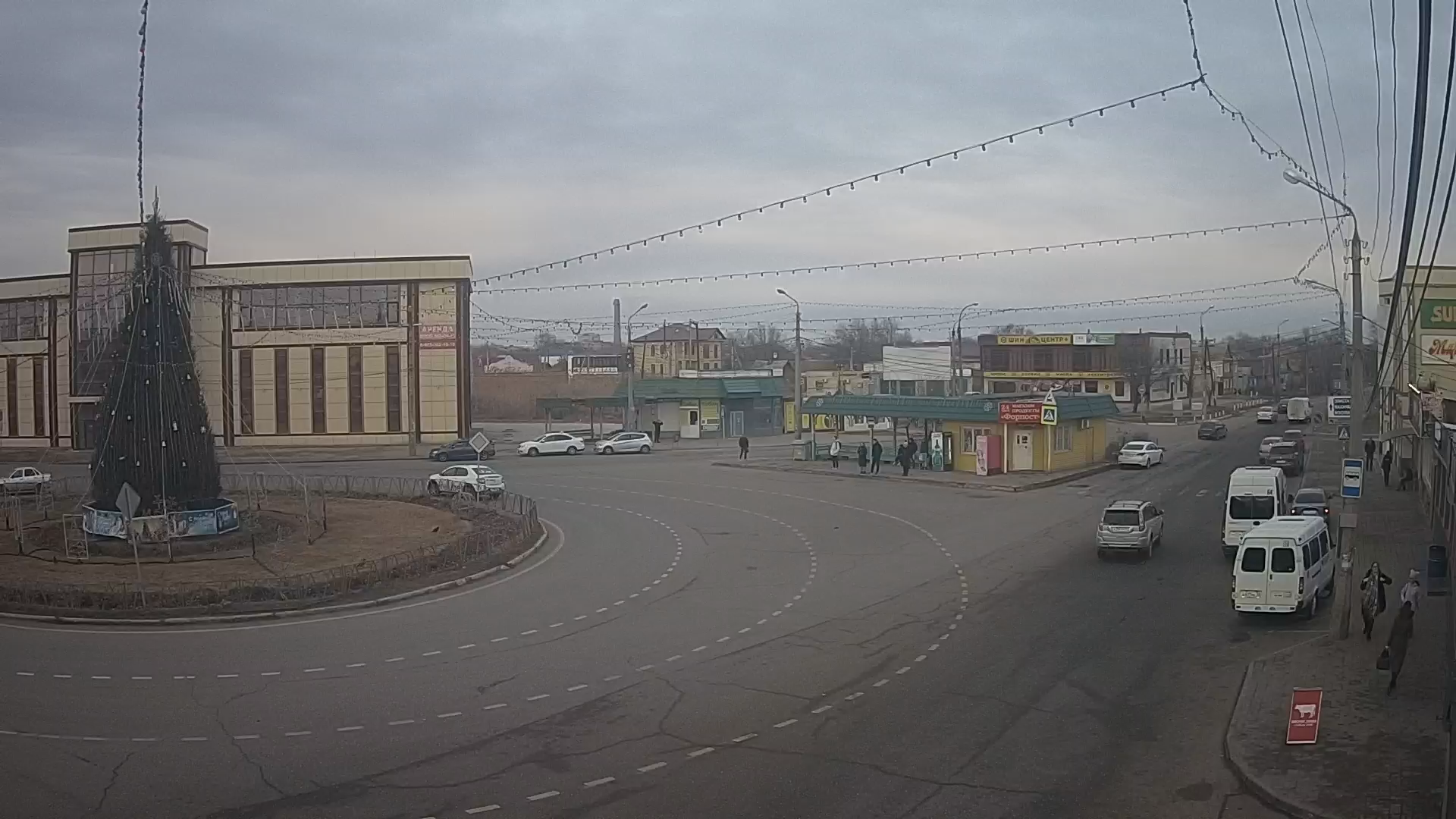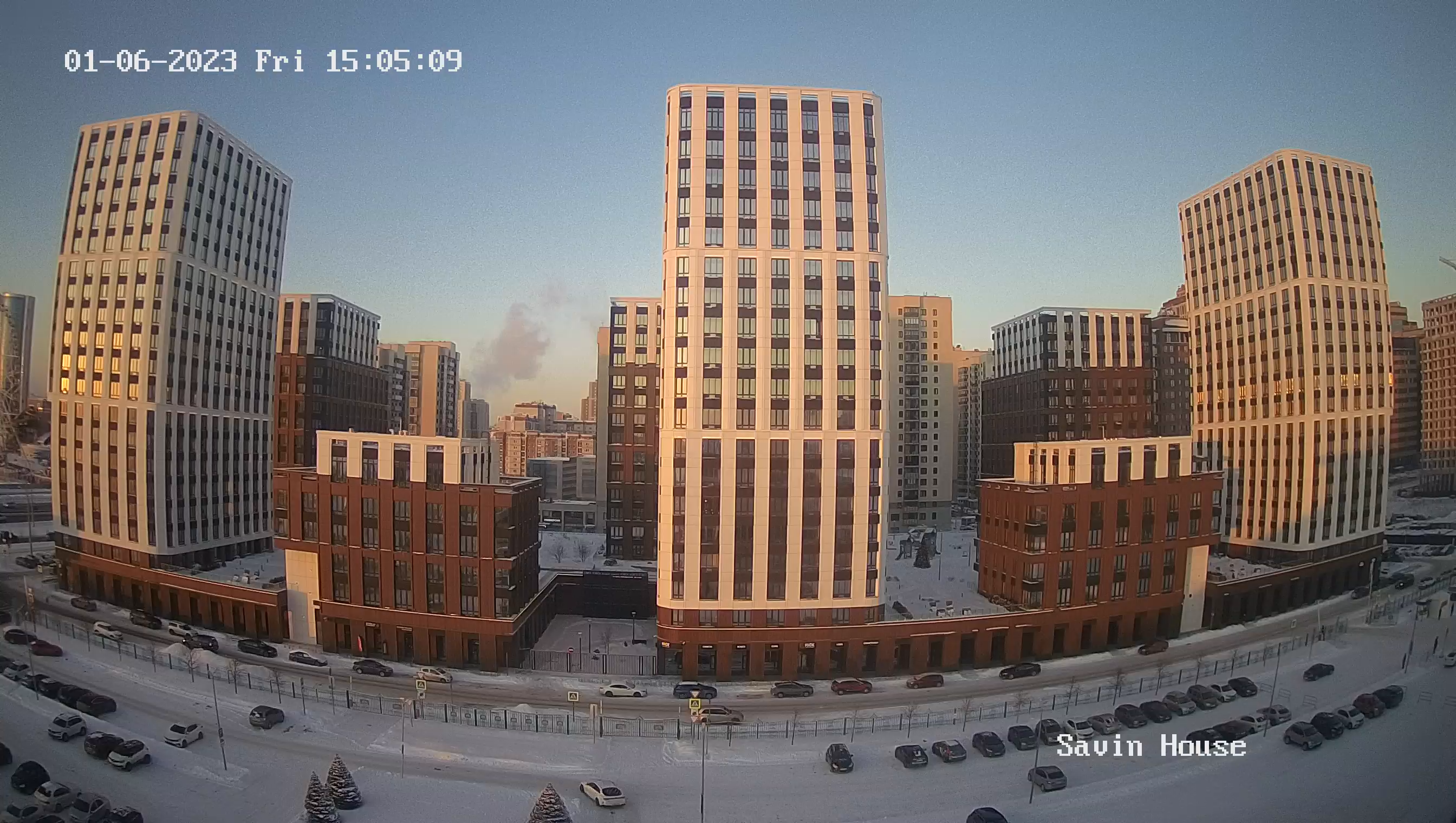Online camera Tulun. Lenin Street, stop (Irkutsk region)
The city of Tulun is located in the west of the Irkutsk region, 335 km from its capital, 100 km from Nizhneudinsk and 180 km from Bratsk, on the rivers Iya, Azey and Tulunchik. The federal highway R-255 "Siberia" and the Trans-Siberian Railway pass through the city. It is the administrative center of Tulun District, which is not part of it, forming a separate urban district.
Tulunovskaya village, which consisted of ten households and became the basis for the future city, was founded, most likely by Buryats, on the banks of the Iya River. The first mention of it was made in 1735 by the German naturalist Johann Georg Gmelin, who visited the area as a member of the academic detachment.
By the beginning of the 20th century, thanks to the Trans-Siberian railroad built through the village in the 1890s, industry appeared here as well. A distillery, a flour mill, a brickyard, a sawmill, and sewing and shoe shops were opened. In addition there was coal mining and agriculture was developed.
Already in Soviet times, in 1922, Tulun officially became a town, with a short break in 1924-27, when it was an ordinary settlement as before. During this interval, in 1926, Tulun became the center of the Tulunovsky District. Social, economic, and cultural activities continued to develop here in the 20s and 30s. Prior to the Great Patriotic War in Tulun opened six factories, confectionery factory, timber and meat processing plant, vocational school, teachers college, teacher training and agricultural colleges, cultural centers, libraries and cinemas, operated a number of artels and workshops.
In Tulunovsky County at this time has arisen the second largest coal-producing area Priangarie, whose products in the millions of tons of coal delivered to utilities and power enterprises of the Irkutsk region and other regions of the RSFSR and the USSR.
During the war the industrial development of the town was suspended and was resumed in the next decade. Until the 90's in Tulun were upgraded vodka and butter factory, clothing and confectionery factories, meat factory and printing plant, put into operation auto repair, hydrolysis, glass and electromechanical plants. The city breeding station bred several varieties of wheat popular throughout the Soviet Union.

